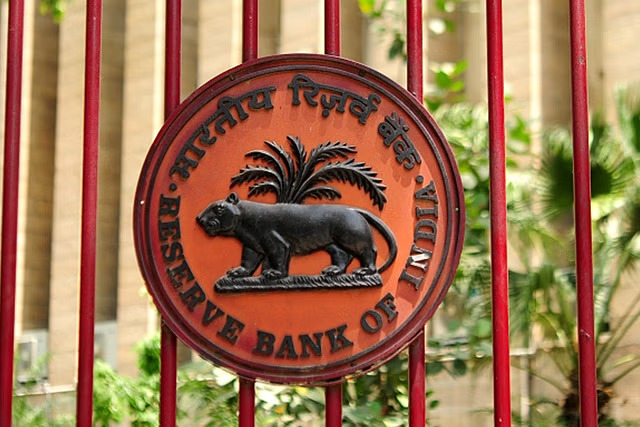In the financial year ending March 31, 2024, India’s employment rate grew by 6%, up from the 3.2% growth rate in 2022-23. This information comes from a report by ‘The Indian Express’. According to the Reserve Bank of India’s (RBI) ‘India KLEMS’ (Capital, Labour, Energy, Material, and Services) database, employment in the country increased by 4.67 crore (46.7 million), reaching a provisional total of 64.33 crore (643.3 million) in 2023-24, compared to 59.67 crore (596.7 million) in 2022-23.
Significant Increase in Employment Growth Rate
By the end of 2022-23, employment in India was 57.75 crore (577.5 million), up from 56.56 crore (565.6 million) in 2021-22. This database covers 27 industries, encompassing the entire Indian economy. It provides estimates at broad levels in agriculture, construction, and services sectors across India. Therefore, it is clear that the growth in employment is not limited to specific industries but is observed across all sectors.
Reduction in Urban Unemployment Rate
According to the same report, the urban unemployment rate (UR) for individuals aged 15 and above decreased from 6.8% in January-March 2023 to 6.7% in January-March 2024. This change indicates progress in job creation due to various efforts by the government and industries. Additionally, the female unemployment rate also decreased from 9.2% in January-March 2023 to 8.5% in January-March 2024. This improvement suggests better job opportunities for women, indicating positive social change.
Increase in Labor Force Participation Rate (LFPR)
In urban areas, the labor force participation rate (LFPR) for individuals aged 15 and above rose from 48.5% in January-March 2023 to 50.2% in January-March 2024. This increase shows that more people are seeking employment and actively participating in the labor market. It reflects improved economic activities and growing availability of job opportunities.
Improvement in Worker Population Ratio (WPR)
The worker population ratio (WPR) for individuals aged 15 and above increased from 45.2% in January-March 2023 to 46.9% in January-March 2024. This indicates a growing proportion of the working population, enhancing productivity and contribution to the economy.
Positive Change in Female Worker Population Ratio
In urban areas, the female worker population ratio increased from 20.6% in January-March 2023 to 23.4% in January-March 2024. This shows that more women are joining the workforce, which is a significant step towards women’s empowerment and is crucial for overall economic growth. This improvement highlights the recognition of women’s vital role in social and economic development and the efforts to provide them with employment opportunities.
Conclusion
The data from the RBI shows that employment and labor force participation rates in the Indian economy are improving. This growth has been possible due to the combined efforts of the government and industries. The reduction in urban unemployment rate and the increase in labor force participation rate indicate that more people are seeking and finding employment.
The rise in women’s employment is also a positive sign, which will strengthen the overall social and economic development of the country. It is essential for the government and industries to continue these efforts to increase job opportunities and maintain the labor force participation rate.
ALSO READ: Crucial Elections Underway: Voters Decide Fate of 13 Assembly Seats
